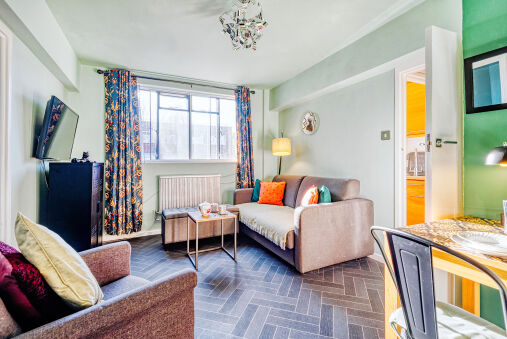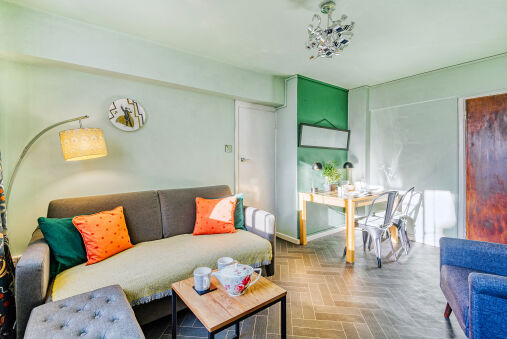About Us
Indoor Plants for Beginners
Who doesn’t love a house full of plants? A bit of greenery not only looks great, but also has been shown to provide numerous health benefits: from reduced blood pressure and stress levels to enhanced mood and attention span. In addition, certain plants can improve the quality of the air inside your house (a real bonus if you’re going to be spending a lot of time indoors)! Here are some handy hints for turning your home into a horticultural heaven – whether you’re an old hand or a complete novice at gardening!

Key considerations for keeping plants inside
A 2019 survey conducted by Harveys Furniture demonstrated that a whopping 60% of Britons kill their houseplants each year – and only 2.3% of the people surveyed had managed to keep their plants alive for more than one year. So, before you make any purchases, here are some things to bear in mind to ensure your plants not only survive, but thrive.
Pick prime sun spots – and think of portability!
The amount of natural light is very important. Don’t be tempted to plan your inside garden around the brightest areas in the house, though (i.e. by patio doors or under skylights): direct sunlight can cause discolouration and even scorching, so if the temperature rises, opt for a shadier spot. That said, in the winter when natural light is scarce, you may wish to take advantage of all the light you can get. The key takeaway? For most plants, a spot with some natural light and some shade would be good, but you might need to move plants around depending on the time of year, temperature, and strength of the sun.
If you live somewhere dark, you might consider purchasing grow lamps – these can be expensive to run, however, so it’s better to make use of natural light as much as possible.
What about humidity and temperature?
It might sound strange but if you don’t have a room thermometer, consider purchasing one. Even the hardiest of plants can suffer in a room that is burning hot during the day and freezing at night; as such, you’ll want to take range of temperatures to assess whether the climate is stable enough for your plants, or if you’ll need to move them around. Don’t forget to think about radiators and insulation, too. Your precious plants might suffer from leaf damage if they’re too close to a hot radiator, and draughts can be detrimental, too.
Certain plants thrive in wetter climates, which is something to consider: orchids, for example, tend to do better in more humid environments (like kitchens or bathrooms). If you have a plant and it isn’t faring well in a bedroom or living room, which tend to be drier because of the central heating, you might need to move it to a space with more humidity.
Ready to introduce some greenery to your home? Here are three of our favourite, low-maintenance house plants!

Aloe Vera (aloe barbadense)
Aloe vera is both an extremely useful plant and easy on the eye: what a combination! Boasting a trendy, minimalist appearance, with spiky leaves and grey spots, this is the perfect, hardy plant for homeowners who don’t have a great deal of time.
To maintain, all you need do is plant it in a pot with well-drained soil (as an additional bonus, aloe vera plants will grow happily in the same container for years). Place it in a bright, sunny spot, and water heavily every couple of weeks, waiting until the soil is completely dry before you soak it again. It’s a succulent, so it doesn’t need that much water during warmer months (and requires even less during winter). The sap from the leaves can be used as a moisturiser and to heal minor cuts; if you decide to use some of the leaves, be sure not to remove more than a third of the plant at any one time.
Order for home delivery via Patch Plants

Dumb Cane (dieffenbachia camilla)
For a real statement, opt for dieffenbachia camilla – or, as it’s more commonly known, ‘Dumb Cane’. The plant can grow up to 6 feet in height (with its leaves sprawling to a foot long each!), and has a distinctive, attractively tropical appearance, with dark green-edged leaves that fade to white in the centre.
Dumb Cane plants thrive in medium to low light (they will even do well in complete shade), but prefer warmer temperatures – so this is not a plant for a draughty hallway. Water regularly – keeping the soil continually moist but not soggy - and turn your plant often to encourage even growth.
One word of caution: the plant gets its name from the sap, which can cause the mouth to swell (leading to temporary speech loss – hence ‘dumb’) if ingested. With that in mind, it’s a plant best kept out of reach of children and pets, but it’s still a fantastic option for many households, which explains its enduring popularity.
Order for home delivery via Beards and Daisies

Monstera Minima (rhaphidophora tetrasperma)
This air-purifying plant has become a real favourite in recent years, partly due to its resemblance to the popular cheese plant. Fortunately, it’s also a great plant for beginners, as it’s so easy to care for and grows so quickly. This is a climbing plant and typically grows sideways, but you can train it to grow upwards if you provide support – it would look great trailing down a bookshelf, for example!
This low-maintenance plant does best in indirect sunlight, so choose a spot with both dappled light and shade. Be careful not to water too often: once a week is ample, and you should wait until the soil is close to dry. If the leaves begin to turn brown or yellow, you’ve overdone the H2O (so take a break for at least a week). Note that this plant can grow quickly, so do invest in some shears for trimming and supports to keep the plant upright, and be prepared to repot about once a year.
Order for home delivery via Bloombox Club





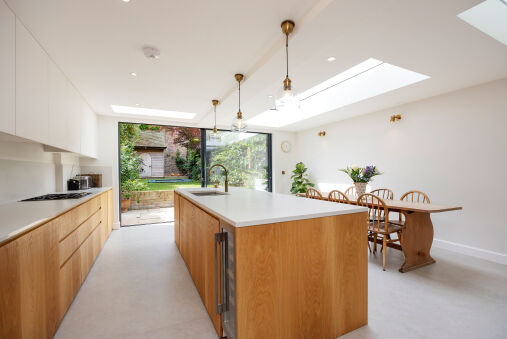
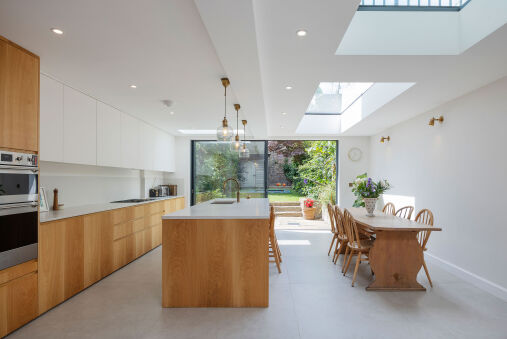
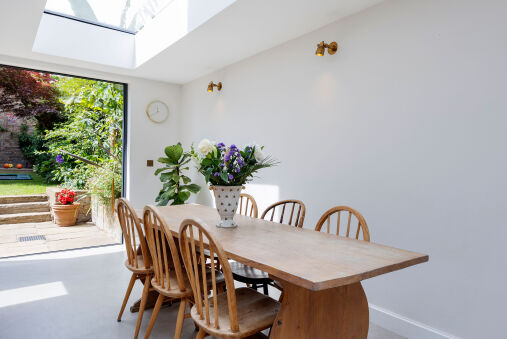

 london
london





